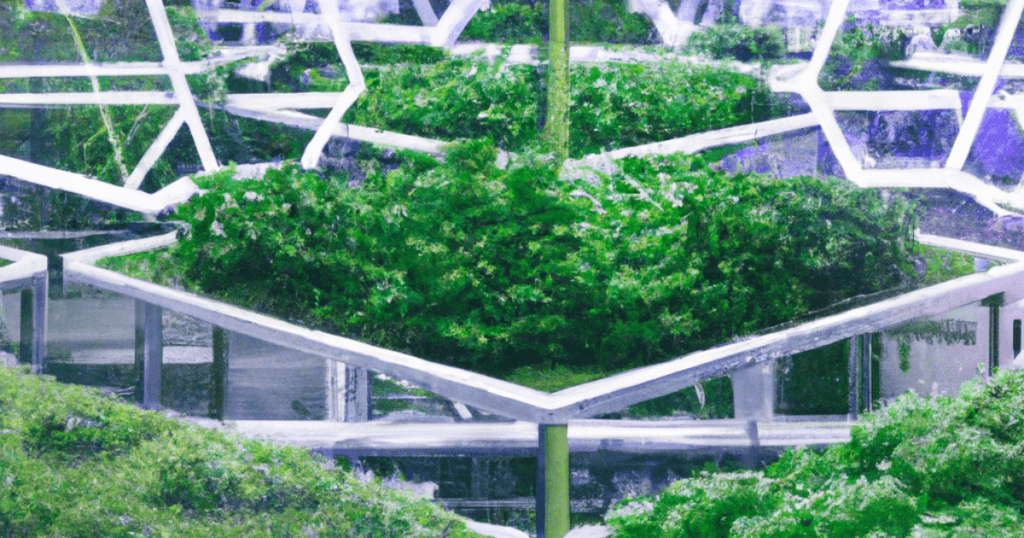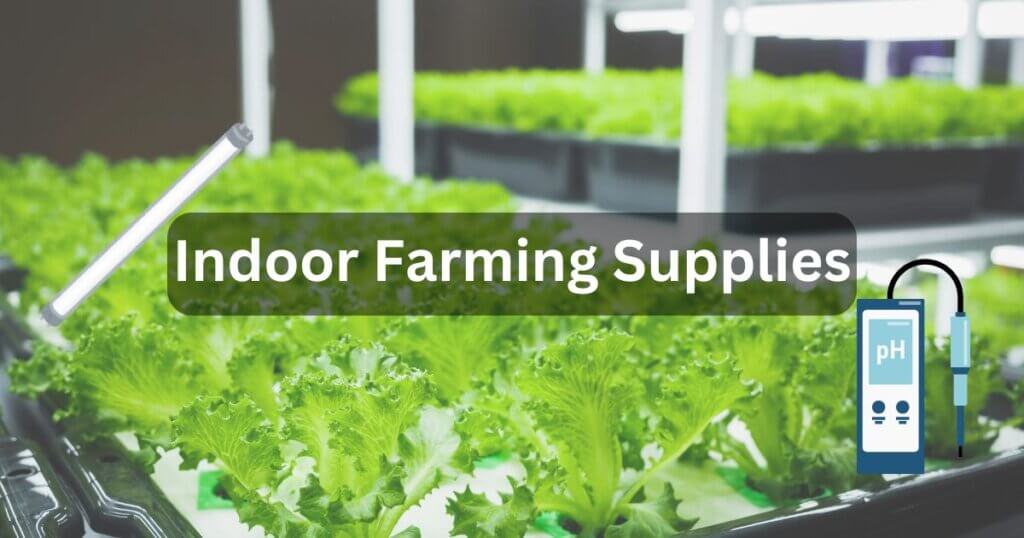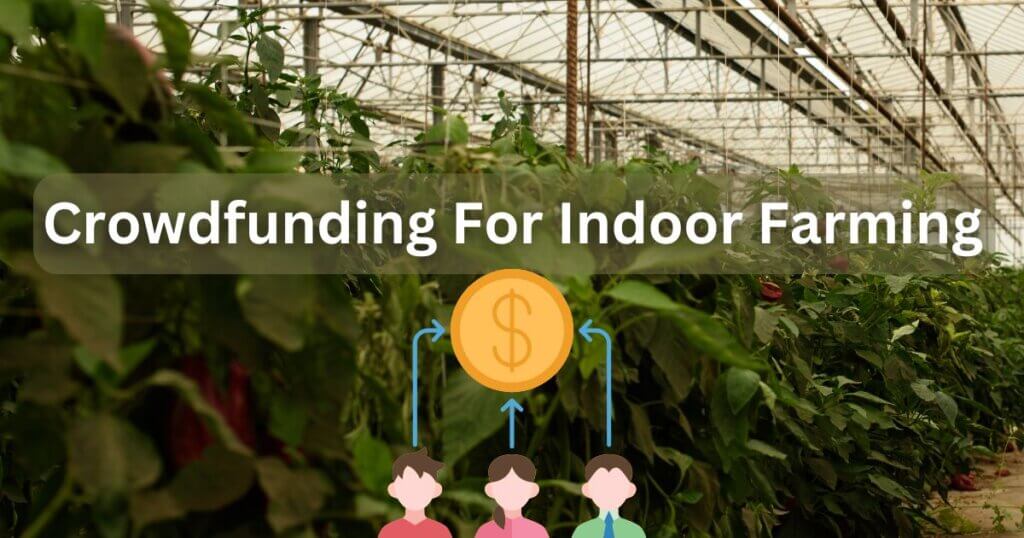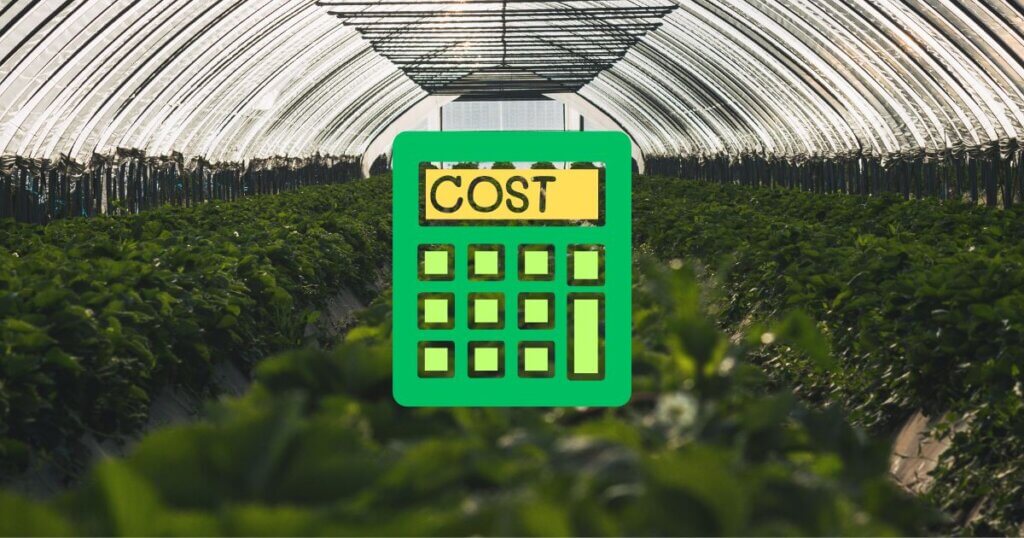The Ultimate Guide to Deep Water Culture Raft Boards
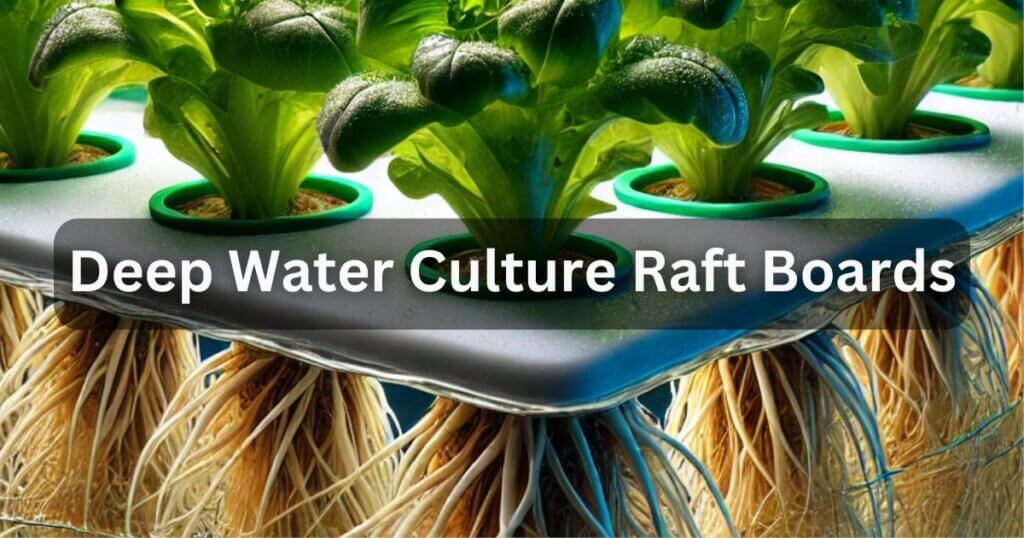
Some of the links in this post are affiliate links. As an Amazon Associate, we earn a referral fee from qualifying purchases—at no extra cost to you.
Table of Contents
What Are Deep Water Culture Raft Boards?
Deep Water Culture (DWC) raft boards are essential components in hydroponic gardening, acting as floating platforms that support plants in nutrient-rich, oxygenated water. These lightweight and buoyant boards keep plants stable while their roots absorb nutrients directly from the reservoir, offering an ideal growth environment. In DWC systems, raft boards ensure proper spacing, maximum root exposure, and healthy development—like giving your plants a VIP pass to an all-you-can-eat buffet. Without them, plants would lack the support and oxygen access needed for stable and efficient growth.
The Science Behind Deep Water Culture Raft Boards
Raft boards support plant growth by elevating leaves above the water and allowing roots to stay submerged, preventing root rot and maintaining a healthy balance of hydration and oxygenation. In Deep Water Culture (DWC) systems, oxygen is essential for root health and overall development, typically provided by air pumps or diffusers. These tools enrich the water with oxygen, which the roots absorb to fuel vigorous growth. Raft boards play a vital role by suspending roots in the oxygenated solution, maximizing their exposure for optimal results.
Benefits of Using Deep Water Culture Raft Boards
Plants in DWC systems often grow faster than in soil because they have continuous access to water, nutrients, and oxygen, with raft boards playing a key role in maintaining this ideal setup. These boards also promote efficient space utilization by supporting plants close together without overcrowding, making them suitable for both commercial and home growing. Once established, DWC raft systems are low maintenance, requiring little effort to keep them running smoothly. Raft boards add to the ease of use with their durability and easy cleaning, making hydroponic gardening simple and efficient.
Choosing the Right Material for Your Raft Boards
Polystyrene, polyethylene, and PVC each offer distinct advantages for hydroponic raft boards—polystyrene is lightweight and affordable, polyethylene is durable and environmentally conscious, and PVC delivers long-lasting performance at a higher cost. Of these, polyethylene is considered the most eco-friendly option due to its recyclability and extended lifespan. This makes it a preferred choice for gardeners aiming to reduce their environmental footprint. Its combination of sustainability and durability supports both efficient and responsible hydroponic practices.
How to Build Deep Water Culture Raft Boards
Materials You Need for DIY Raft Boards
- Foam boards (polystyrene or polyethylene)
- Net pots
- Hole saw or drill
- Measuring tape
This durable polystyrene foam board is perfect for DIY DWC raft construction—it’s lightweight, moisture-resistant, and easy to cut to fit various system sizes. Ideal for supporting net pots and hydroponic plant loads.
These Hydrofarm Net Pots are designed specifically for hydroponics and fit seamlessly into DWC raft boards. Their wide-lip design ensures stability and allows excellent root aeration.
Step-by-Step Guide to Assembling Your Raft Board
- Measure and mark holes on the foam board.
- Use a hole saw to cut spaces for net pots.
- Insert net pots and plant your seedlings.
- Place the raft board in your DWC reservoir.
Optimizing Your DWC System with Raft Boards
Proper spacing between plants is essential to avoid overcrowding and ensure each plant receives adequate light and nutrients. Use reflective tape or paint on exposed surfaces to block light and prevent algae growth. Maintaining water temperatures between 65–75°F and regularly monitoring pH levels are key for a healthy hydroponic system. These simple steps will help optimize plant growth and system efficiency.
This reflective gaffer tape blocks light and prevents algae formation on raft boards. It sticks well to foam surfaces and is water-resistant—perfect for long-term hydroponic use.
Monitoring pH and nutrient levels is essential in a DWC setup. The VIVOSUN combo kit helps you maintain optimal water conditions by giving accurate digital readings for both pH and TDS.
Best Practices for Using Raft Boards in Hydroponics
Regular Cleaning to Prolong Durability
Regular cleaning is essential to extend the life of raft boards and maintain a healthy hydroponic system. Algae, mold, and mineral buildup can accumulate over time, so cleaning with a mild bleach solution or hydrogen peroxide mix helps eliminate harmful pathogens. Always rinse thoroughly to remove any chemical residue that could affect plant health. For larger systems, scheduling periodic deep cleans ensures durability and reusability across multiple growing cycles.
This food-grade hydrogen peroxide is a safe and effective disinfectant for cleaning raft boards, killing pathogens while being gentle on plants.
Monitoring Plant Roots for Signs of Stress
The condition of plant roots reflects the overall health of your hydroponic system—healthy roots are white or tan and firm. Brown, slimy, or foul-smelling roots indicate issues like overwatering, nutrient imbalance, or low oxygen levels. Regular root inspections, especially early in growth, help catch problems early. Raft boards allow easy lifting of plants for inspection, making it simple to monitor and maintain root health.
Common Mistakes to Avoid with Deep Water Culture Raft Boards
Using improper materials for raft boards can lead to structural damage and chemical contamination, jeopardizing plant health and the stability of your hydroponic system. Cheap boards often degrade over time, so it’s best to invest in high-quality, water-resistant materials like food-safe polystyrene or polyethylene that are durable and eco-friendly. Additionally, overcrowding plants may seem efficient but results in competition for essential resources like light, oxygen, and nutrients, ultimately harming growth and yield. By following appropriate spacing guidelines for your crop type, you ensure each plant receives optimal conditions to thrive.
Conclusion
Deep Water Culture raft boards are essential for creating an optimal hydroponic environment, promoting faster, healthier plant growth through improved stability and nutrient uptake. Whether you’re a commercial or home grower, investing in quality raft boards enhances yield, simplifies maintenance, and boosts overall productivity. These boards make space-efficient, low-maintenance gardening possible while helping avoid common issues like overcrowding and poor material choices. Embracing raft boards can transform your DWC setup into a thriving, high-performing hydroponic system.
FAQs – Deep Water Culture Raft Boards
1. Can Deep Water Culture raft boards be used for all types of plants?
While DWC raft boards work best for leafy greens and herbs like lettuce, spinach, and basil, they may not be ideal for heavy or deep-rooted plants like tomatoes or peppers unless additional support structures are used.
2. How do you prevent pests and diseases in a DWC raft system?
Regularly clean and sanitize the raft boards, maintain proper water oxygenation, and monitor nutrient levels to prevent fungal growth, algae buildup, and root rot. Adding beneficial bacteria or using an integrated pest management approach can also help.
3. What is the ideal thickness for a DWC raft board?
Most raft boards range from 1 to 2 inches in thickness. Thicker boards provide better buoyancy and durability, especially for commercial systems, while thinner boards may warp over time.
4. Do raft boards need to be replaced frequently?
High-quality raft boards, especially those made from durable polyethylene or coated polystyrene, can last for years if properly maintained. Avoid boards that easily degrade in water, as they can contaminate the system.
5. Can you use alternative materials for DIY raft boards?
While food-safe polystyrene and polyethylene are the most common choices, some growers experiment with bamboo, treated wood, or recycled plastics. However, ensure the material is water-resistant, non-toxic, and won’t leach harmful chemicals into the nutrient solution.
Other useful sites related to deep water culture raft boards
- Deep Water Culture Raft Boards | The Aquaponic Source
These raft boards are specifically designed for leafy greens in both aquaponic and hydroponic DWC systems, featuring Sealed Surface Technology® for enhanced durability. - Deep Water Greens Raft – Bootstrap Farmer
Coated deep water rafts measuring 2′ x 4′ with 18 holes, offering a fully planted density of 2.25 plants per square foot. - Beaver Lettuce Raft – Hort Americas
The Lettuce Raft is ideally suited for deep water culture, featuring Sealed Surface Technology® to resist water penetration, ensuring durability and longevity. - Hydroponics Raft Boards – WeHydroponics
Hydroponics raft boards maare de from food-safe polystyrene, designed specifically for leafy green crop production. - Lettuce Rafts — BP Grower – Beaver Plastics
The Lettuce Raft is ideally suited for deep water culture, floating your plants to success with Sealed Surface Technology® to resist water penetration.






